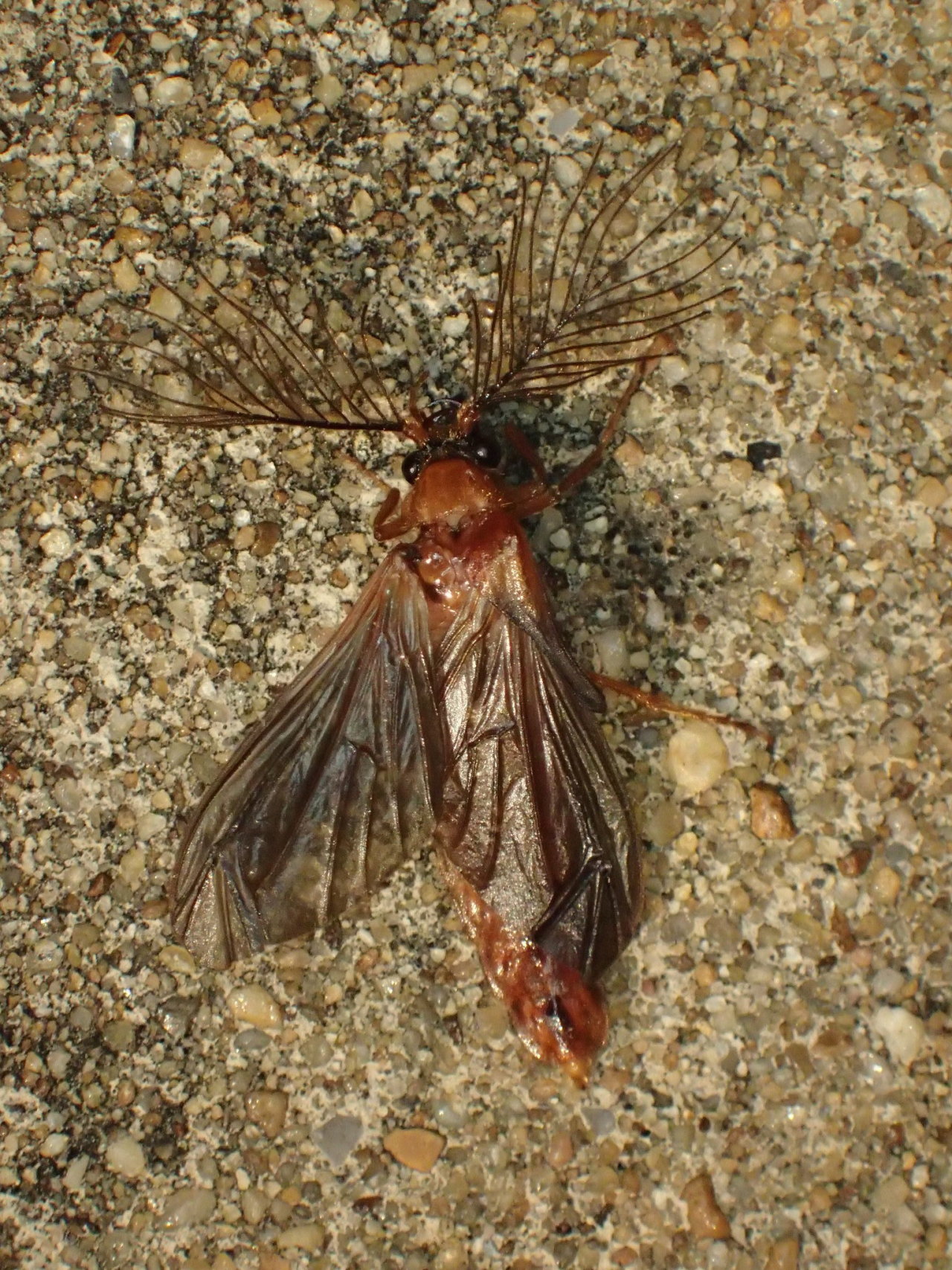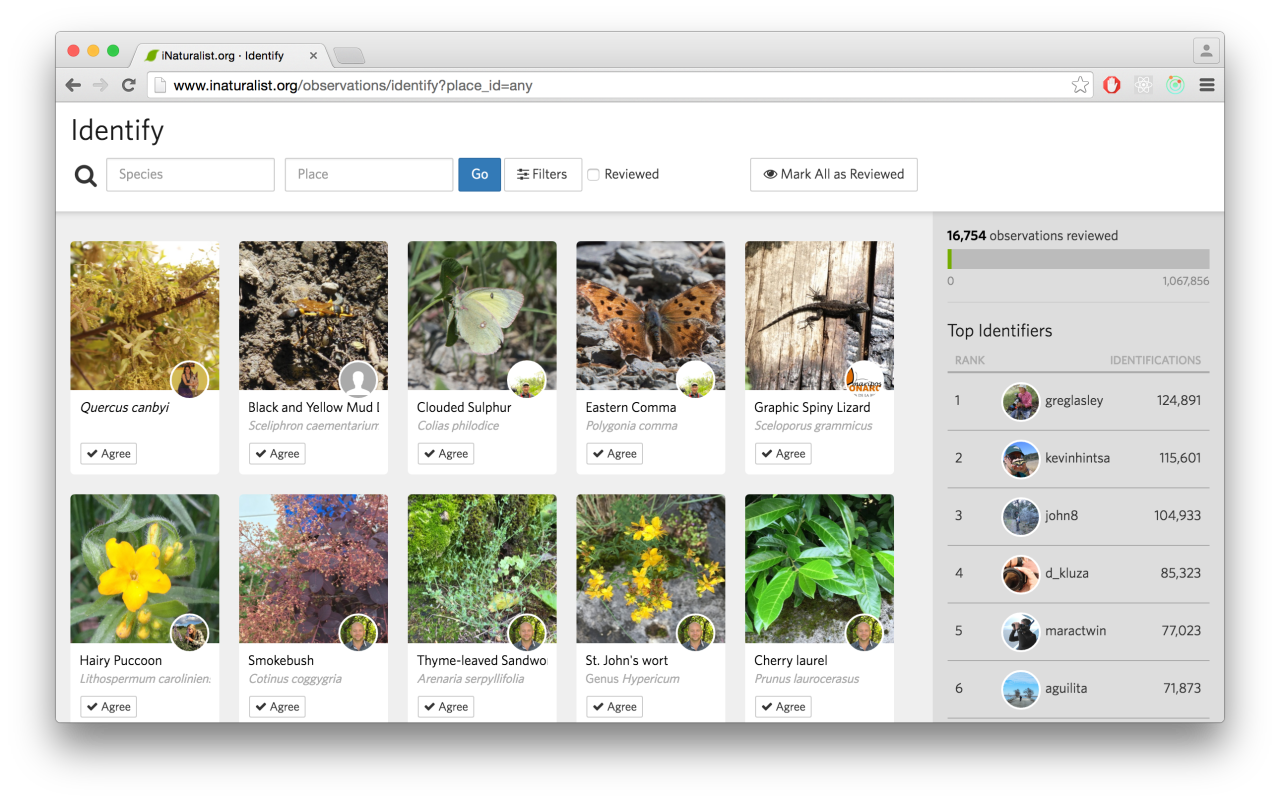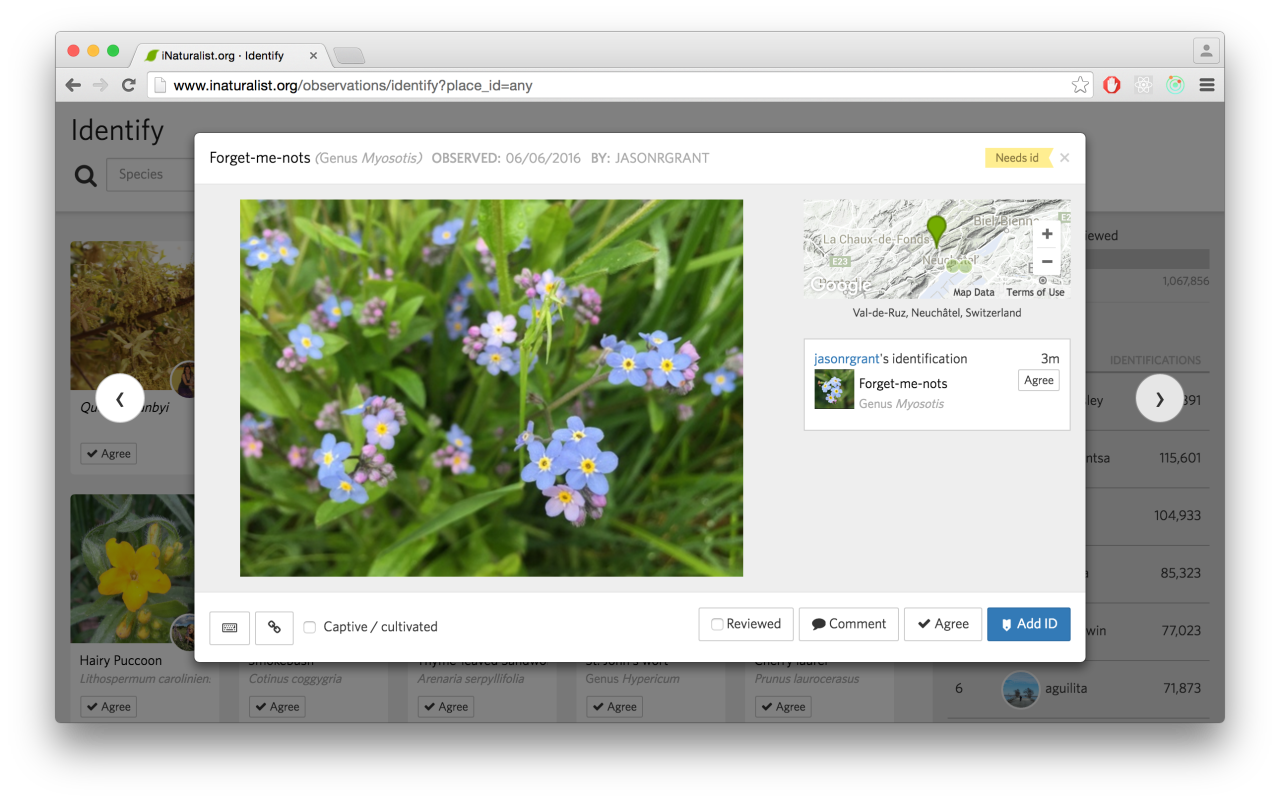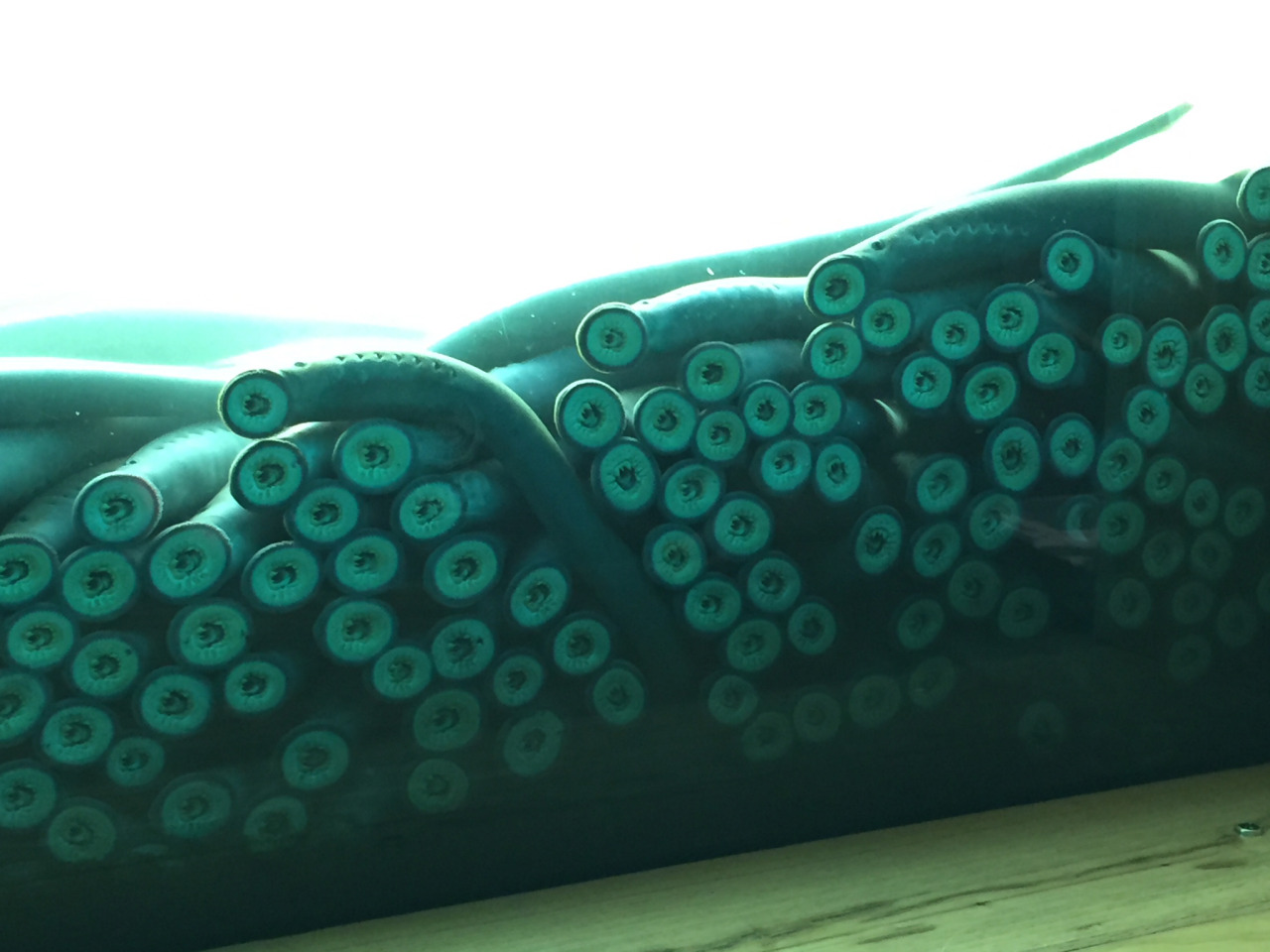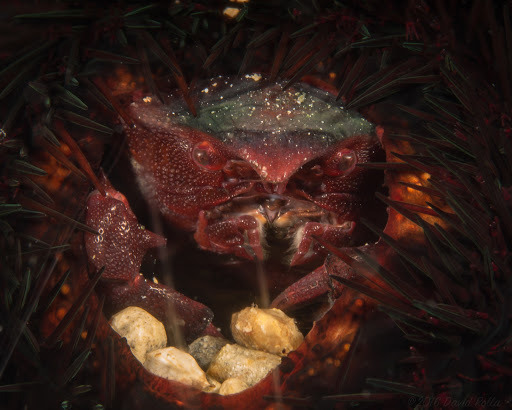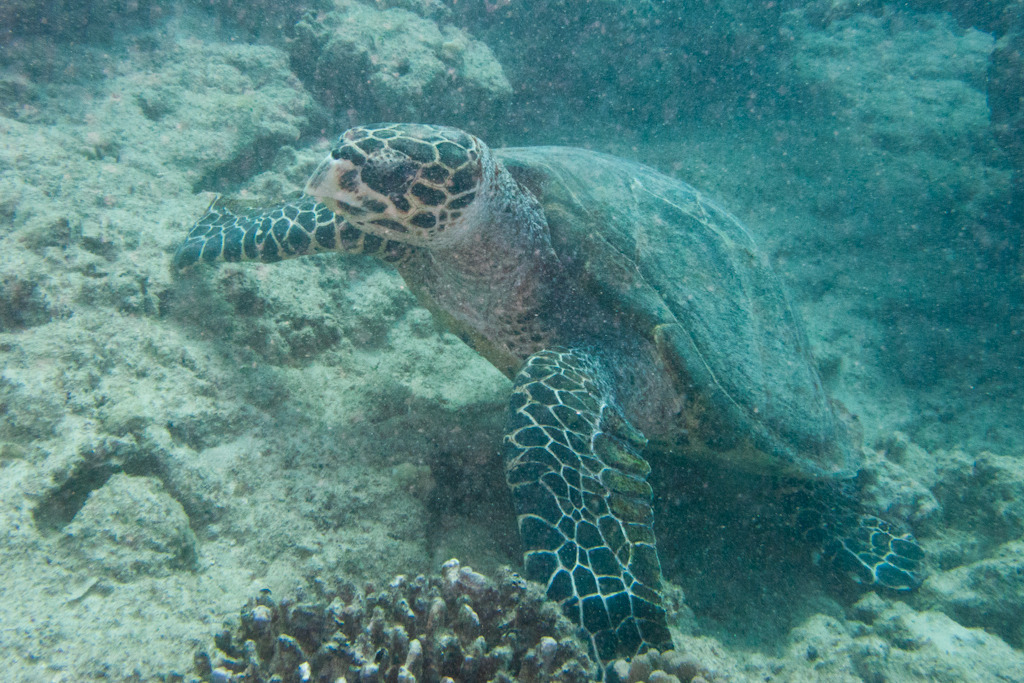Observation of the Week 6/1/16
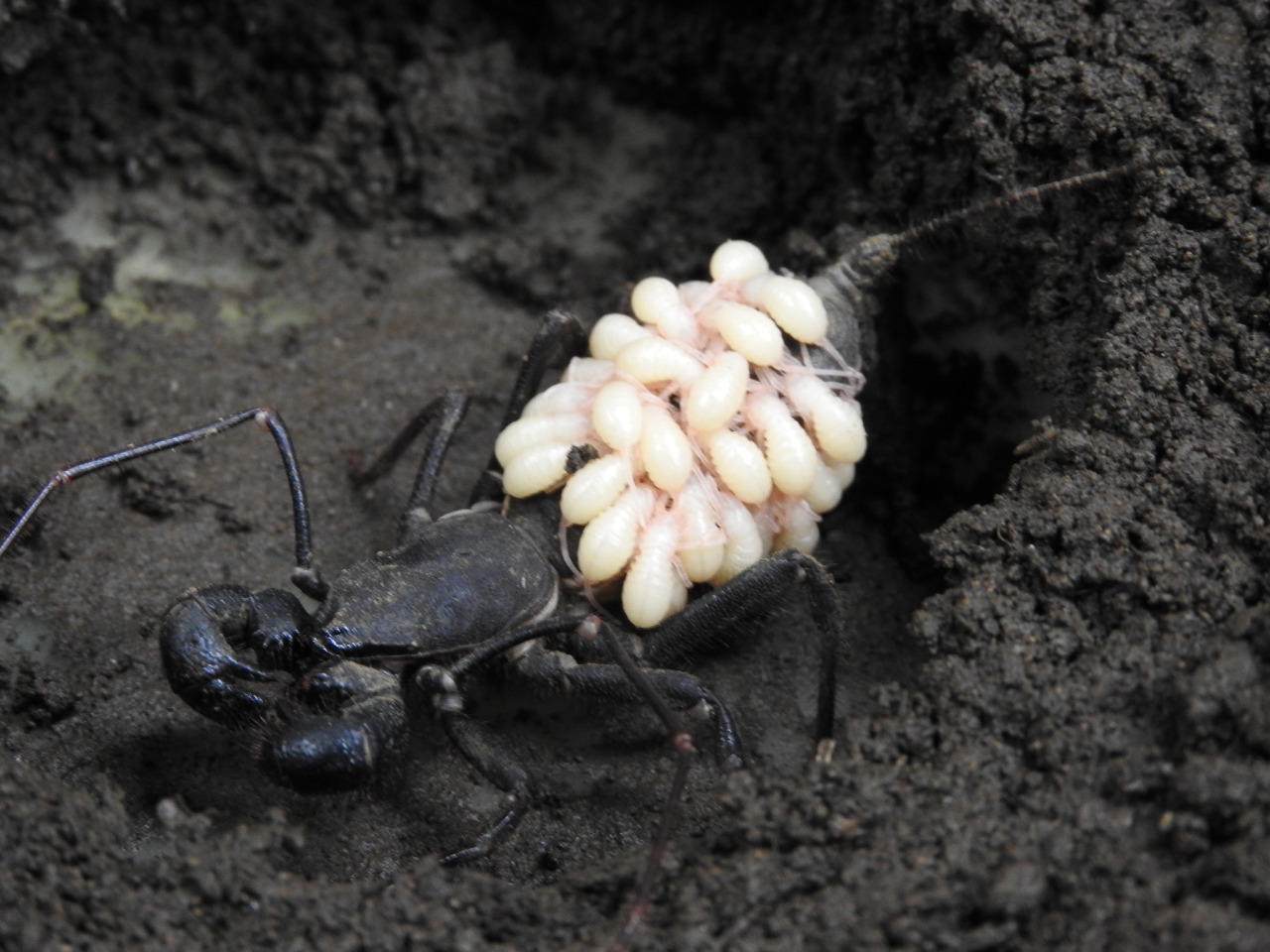
This Giant Vinegaroon (and young) seen in Mexico by d_b is our Observation of the Week!
A curious child, Diego Barrales had an interest in “the outdoor and nature,” taking walks with his father in the forest while growing up on the outer limits of Mexico City. At age ten he was very into arachnids and his uncle gave him a vinegaroon (also known as a whip scorpion). “[It] astonished me,” he says, “it became my favorite animal because I had never seen one before and I found it quite strange.”
Fast forward and Diego is now studying Giant vinegaroons (Mastigoproctus giganteus) for his Master’s degree at the Biology Institute of the Universidad Nacional Autonoma de Mexico, “seeking to find a rediscovering of these enigmatic animals.” He’s been looking for representatives of the species from different areas, which has led him all over Mexico, including the pine-oak forests outside of Puerto La Soledad in the state of Sonora, a sometimes dangerous area. While in the field he turned over a rock and found this stunning female Giant vinegaroon carrying her young. “I knew it was important to collect it, but also knew it would be more important to let it be, so I decided to capture it only with my camera and carry on with my search,” he says.
Giant vinegaroons are among the largest of the vinegaroons, and despite their fearsome appearance are pretty harmless. The name vinegaroon comes from their ability to spray a foul-smelling liquid that contains acetic acid, which is also found in vinegar. Like all arachnids they have eight legs, and in vinegaroons the first pair are elongated The animal holds them out in front to as sensory organs. Their pincer-like appendages are modified pedipalps, and they have a flagellum (or “whip”) extending from their rear end, which is also also used as a sensory organ. Their main prey are small invertebrates.

Female vinegaroons are excellent mothers, who keep their eggs with them in a burrow for several months. Once they hatch, the young climb on the mother’s back and she carries them around for about a month, until their first molt.
Diego is a curator on iNaturalist and has made over 5,000 identifications. He calls iNat “a tool that could help to know and appreciate the world that surrounds us….it is a way to keep that curiosity of my childhood alive.”
- by Tony Iwane
- BBC’s Earth Unplugged has some nice slow motion video of a Giant Vinegaroon spraying its defensive liquid.




